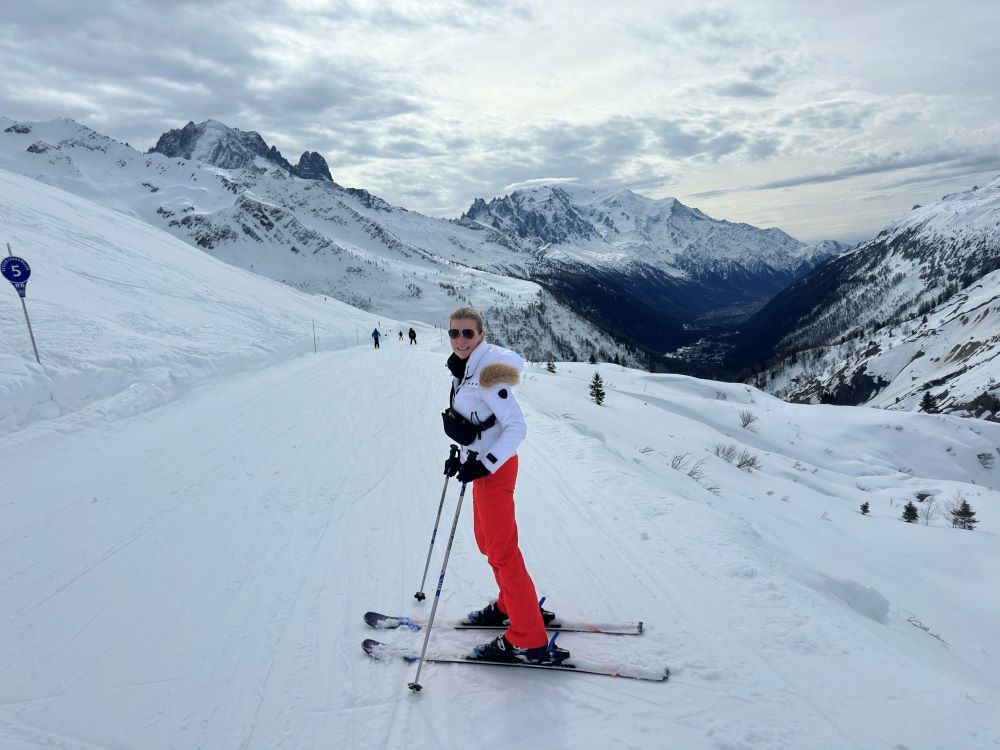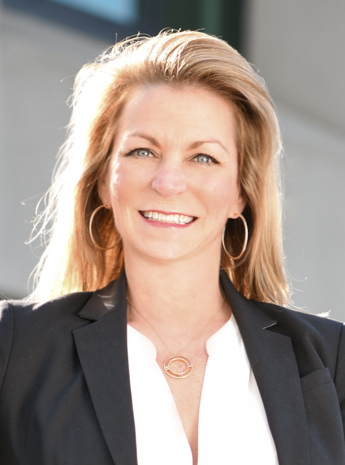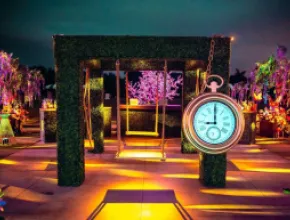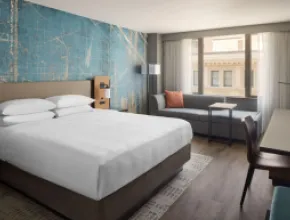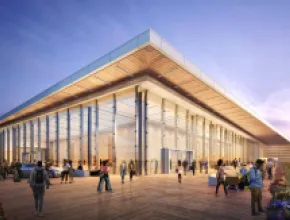It’s hard to believe that my three-month stay in France is winding down.
Leaving behind French bread, pastries and regional Haute-Savoie specialties like tartiflette, a dish of gratin potatoes with white wine, reblochon cheese, onions, lardons and creme fraiche, and raclette, where cheese is melted tableside and served with bread and boiled potatoes, will create dramatic withdrawals from carbs and fat, I assure you.
But, on to more important topics.
Over the last year, my consulting work has increasingly focused on developing strategies and creating experiences that are tailored to C-suite and executive customers.
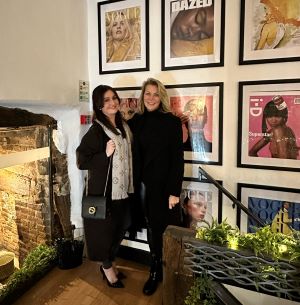
The objectives of these executive events are to build new and meaningful connections, strengthen existing customer and partner relationships and introduce prospective executives to a brand by building trust.
Brands strive to establish trust and solidify street cred as thought leaders in a particular industry or segment by providing a platform where peer-to-peer networking allows attendees to learn, share best practices and experience something unique and memorable—an approach where your customer champions do the talking for you.
With this top of mind, and anxious to learn and share best practices myself, I traveled last month from Chamonix, France, to Geneva, flew to London and then took a train from U.K.’s St. Pancras to Nottingham to meet “the only” Victoria Taylor.
Taylor is a European luxury experience consultant for hospitality, cultural destination and luxury experience brands. Her tagline is “become the only”—meaning create a unique experience to differentiate your brand and build trust and affinity with your target customer.
She’s worked with Lamborghini, Kempinski and the TUI Group. In partnership with her clients, she focuses on designing and delivering unique customer experiences for long-term impact. For what it’s worth, she also has 28,000 LinkedIn followers, and I was excited to hear her perspectives on the changing nature and definition of luxury experiences.
[Related: 3 Luxury Resort Trends to Watch in 2024]
Over dinner, which may have included pork belly, Taylor and I discussed our philosophies on how Europe and U.S. markets define luxury experiences, how those definitions are shifting and the reasons for those shifts.
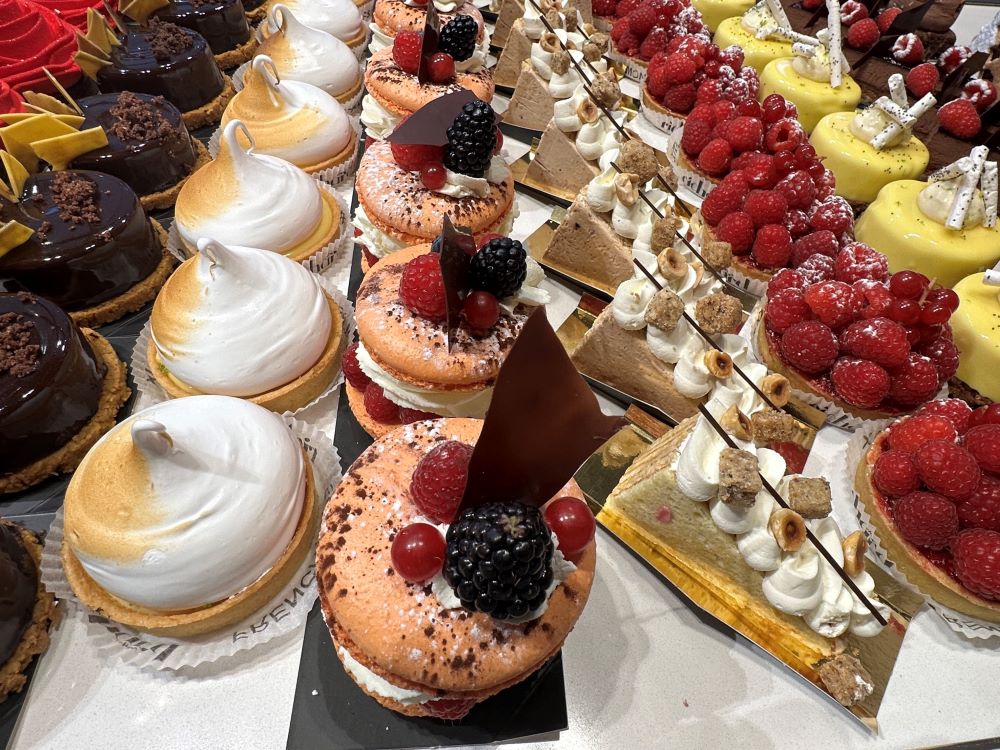
Traditional luxury experiences and executive customer events are focused on upscale hotels and resorts, Michelin-starred restaurants and high-end gifting. But the expectations of today’s executives and attendees demand a more customized, human-centric and purposeful experience.
Those expectations, combined with an ever-growing challenge to acquire the attention and mindshare of executives, are transforming corporate event marketing and the venues and suppliers who support the industry.
Here are a few tips, insights and use-case scenarios from my conversation with Taylor that can help you stay on top of these current trends and perhaps approach your events in a more customer-centric way.
1. Tell a Story
Both Taylor and I agreed, crafting a brand story with well-defined messaging that focuses on the customer’s priorities is paramount to creating and delivering impactful experiences that achieve business objectives.
Use case: Your event narrative is much broader than your product or service. Define what business value your company provides to customers, what problems you can help them solve and build messaging and the event around those offerings.
[Related: Lone Star to L'étoile — Navigating the European Event Industry]
2. Curate Human-Centric Engagements
Meeting the unique needs, preferences and interests of executive attendees may seem daunting; however, so often corporate leadership believes they know what the customer wants and needs. As event marketers, we often fail to simply ask our attendees about their business objectives and what resonates with them on a personal level. How else can you be certain you are delivering the experience they expect if you haven’t asked?
Use case: Ask three to five simple questions during the event invitation and registration process that provide insights into an attendee’s personal preferences and priorities, which can help steer the agenda and content, versus focusing on your product road maps or product attributes.
3. Incorporate Artisanal and Purpose-Driven Narratives
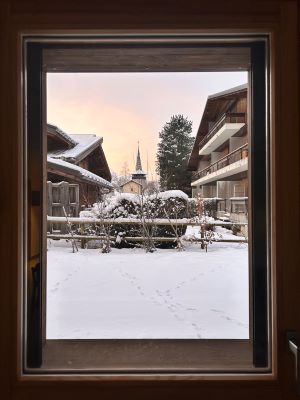
The European approach to luxury tends to place a higher value on incorporating artisanal elements and purpose-driven narratives into corporate events. Weaving in local traditions, culture, cuisine, wellness and sustainability creates a richer experience that broadens attendee knowledge and provides higher engagement.
Use case: In your sessions or during a break, invite an artisan to demonstrate or discuss their craft. Can you draw parallels between the work of a sculpture, a watchmaker or other craftsperson to your brand and key messages? This creative approach will resonate with your audience.
4. Simplify to Amplify
We are constantly bombarded with information through countless digital channels with endless choices and options. Streamlining an experience and providing simplicity emerges as a sense of calm, and that calmness equals luxury.
Simplifying doesn’t mean diminishing the value; rather, it’s about enhancing the event and ensuring every touch point is designed with the attendee’s comfort and personal needs in mind.
Use case: Less can be more. Allow your attendees to “choose their own adventure” and customize their agenda based on their needs. Build in time for networking, peer-to-peer meetings or dedicated down time.
5. Target Your Use of Technology
While technology remains integral to events, its use should complement rather than dominate the experience. Effective technology facilitates comfort, convenience and connection and enhances the overall experience without overshadowing the event’s core purpose.
[Related: 8 Tech Tips for Creating an Immersive Corporate Event]
Use case: In an effort to be more sustainable, we’ve all moved away from printed materials; however, creative and selective usage of printed materials can bring a more personal touch—and who needs more screen time these days? One recent demonstration of this was placing printed executive profiles with photos, approved by each attendee, in guest rooms prior to arrival. This served as a more personal approach to facilitate networking and highlight attendees with similar interests.
6. Try “Artifacting” to Enrich Memories
One key ingredient that Taylor believes enhances the “linger time” of event experiences in the minds of attendees is providing them with tangible tokens or gifts related to the event’s theme or location. These artifacts can enrich the personal value of the event and strengthen emotional connections to the brand.
Use case: Having a locally hand-crafted piece of art to take home will be considered a memento of a wonderful experience. This doesn’t have to translate into something expensive either. A simple hand-painted bookmark or locally grown packaged spices and recipes from a memorable dinner can become a treasure and are more thoughtful than another branded charger or elaborate gift.
7. Create a Seamless Journey from Door to Door
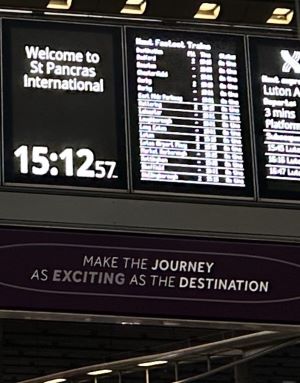
When I was at St. Pancras station waiting to board my train to Nottingham to meet Taylor, there was a sign just below the departure board that said, “Make the Journey as Exciting as the Destination.”
Every event experience begins the moment an attendee receives their invitation and extends beyond the event itself. Ensuring a seamless journey from door to door, with every touchpoint reflecting the event’s purpose and commitment to personalization, elevates the individual’s overall experience.
Use case: Build event excitement by highlighting portions of the agenda that are of primary importance to your attendees. Provide an ongoing cadence of communication with in-depth details on every step of their journey and what they can expect to encounter upon arrival and during the event. Ensure there is an open communications channel for ongoing questions before, during and after the event.
8. Cultivate a Culture of Empowerment
Taylor often works with her clients to ensure front-line and behind-the-scenes staff are trained and empowered to deliver top-notch luxury experiences. Delivering exceptional service with the ability to anticipate a guest’s or attendee’s need requires training, experience and culture that values the customer experience above all else.
Use case: Brief your venue, hotel and other vendor partners about your expectations around service and responsiveness and build a micro-culture that empowers and rewards their teams when they anticipate your attendees’ needs.
The future of creating deeply meaningful customer experiences that build and grow business relationships by blending simplicity with authenticity, solely focusing on the customer, is here, now.
Merci beaucoup mes amis, Laurie
Connect with Laurie
www.linkedin.com/in/lauriesharp
Read this next: Lone Star to L'étoile —People and Places From the Chamonix Mont-Blanc Valley



